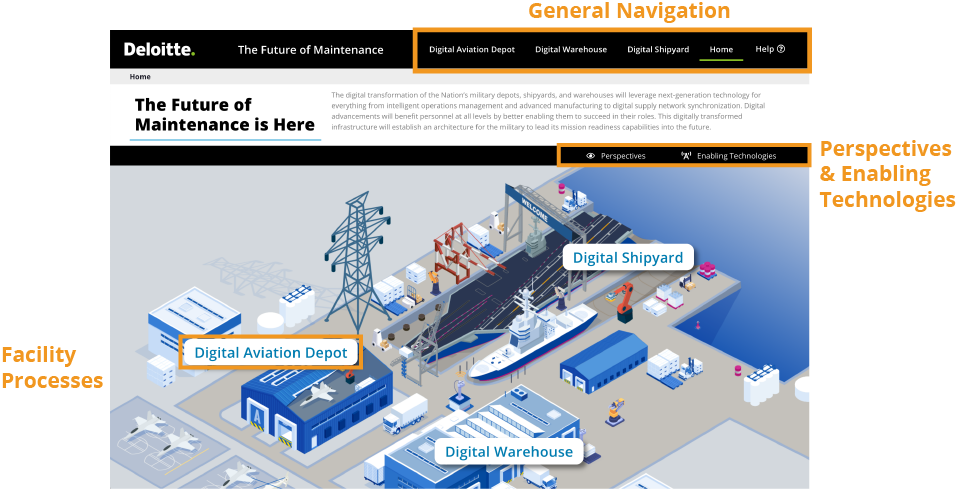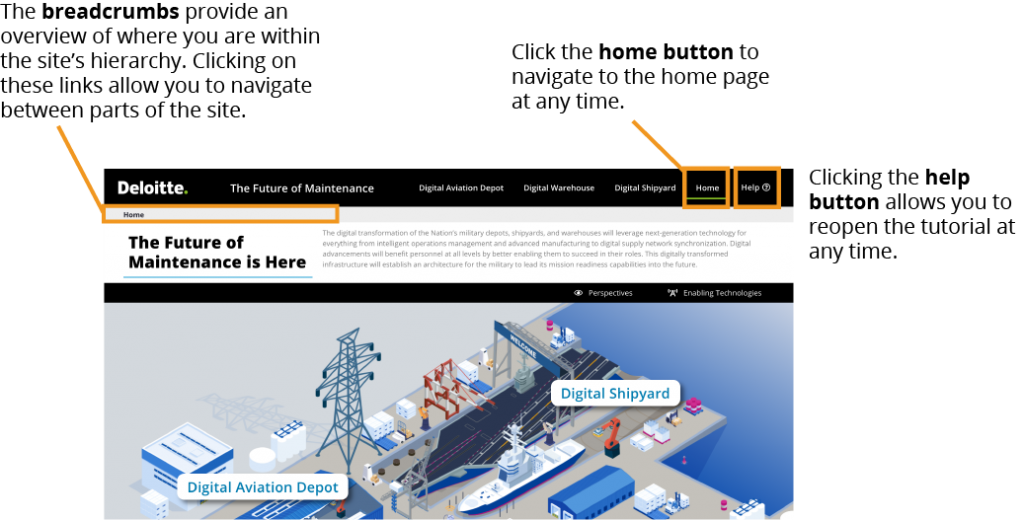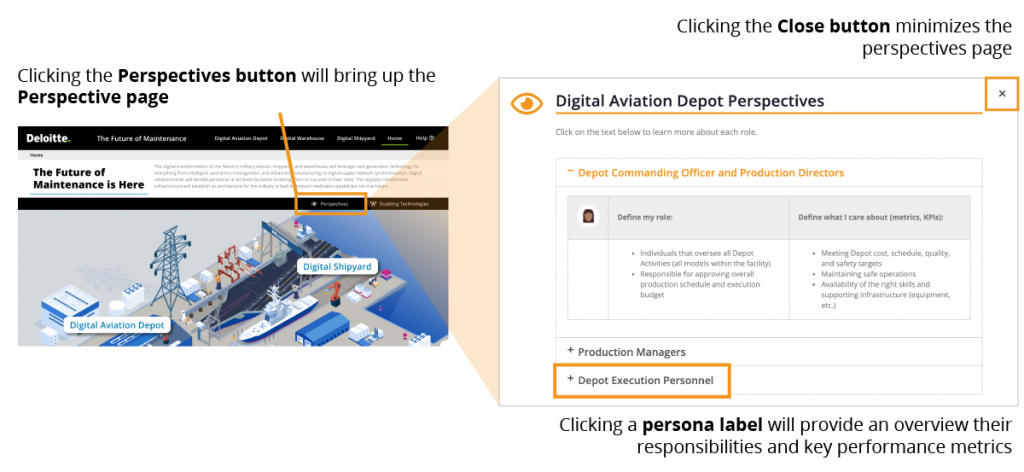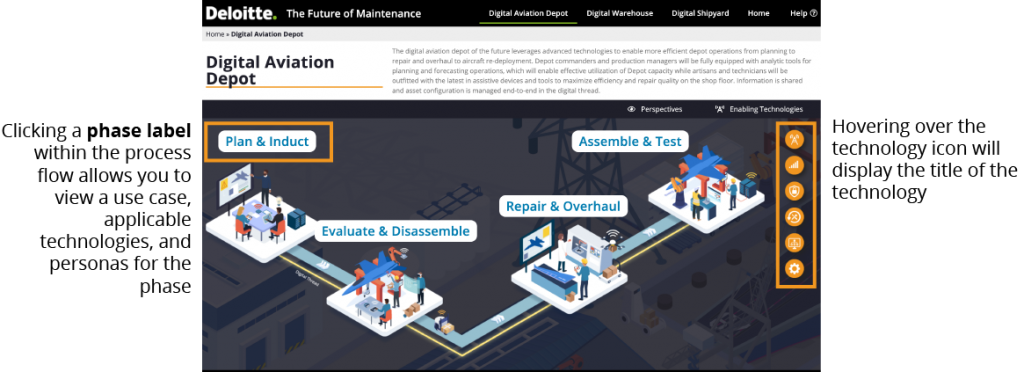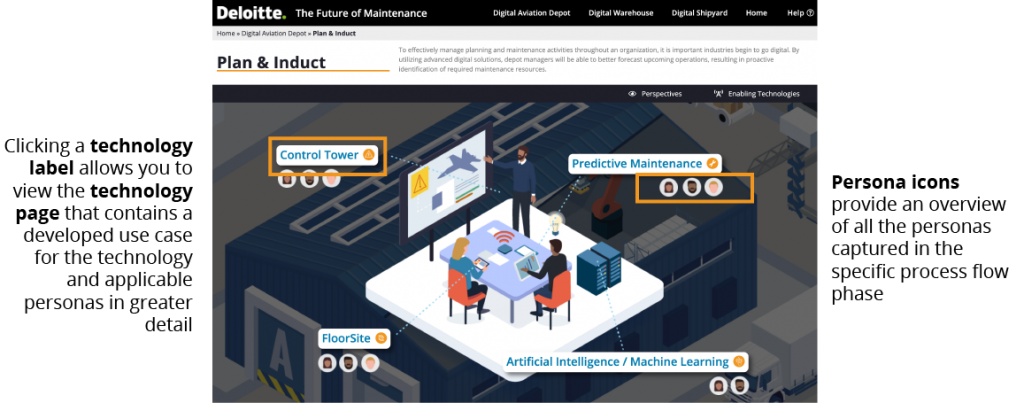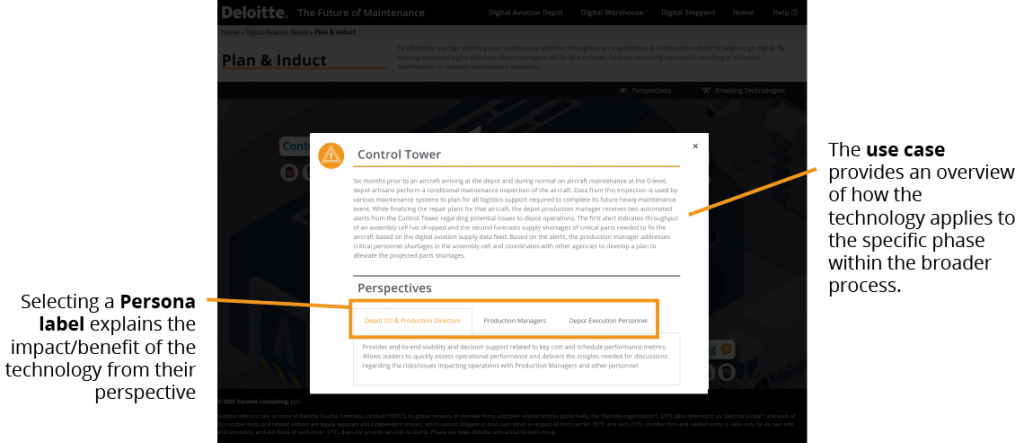Planning for the Navy’s inventory and its staging in the global network of warehouses is a hugely complex operation. In the Digital Warehouse, Planning is enabled by the Control Tower which gives deep insight into demand signals, current inventory levels, and availability of materiel for rapid resupply. Planning includes the forecasting of inventory, resources, and equipment demand while scheduling puts the warehouse orders of those requirements into place. Working in conjunction with program and production managers will allow for accurate planning and scheduling of parts, equipment, and resources to perform the scheduled maintenance task. Digital technologies and sensors throughout the supply chain and warehouse network enable program planners to optimally stage key materiel in strategic locations and keep low-volume materiel from using valuable space.

